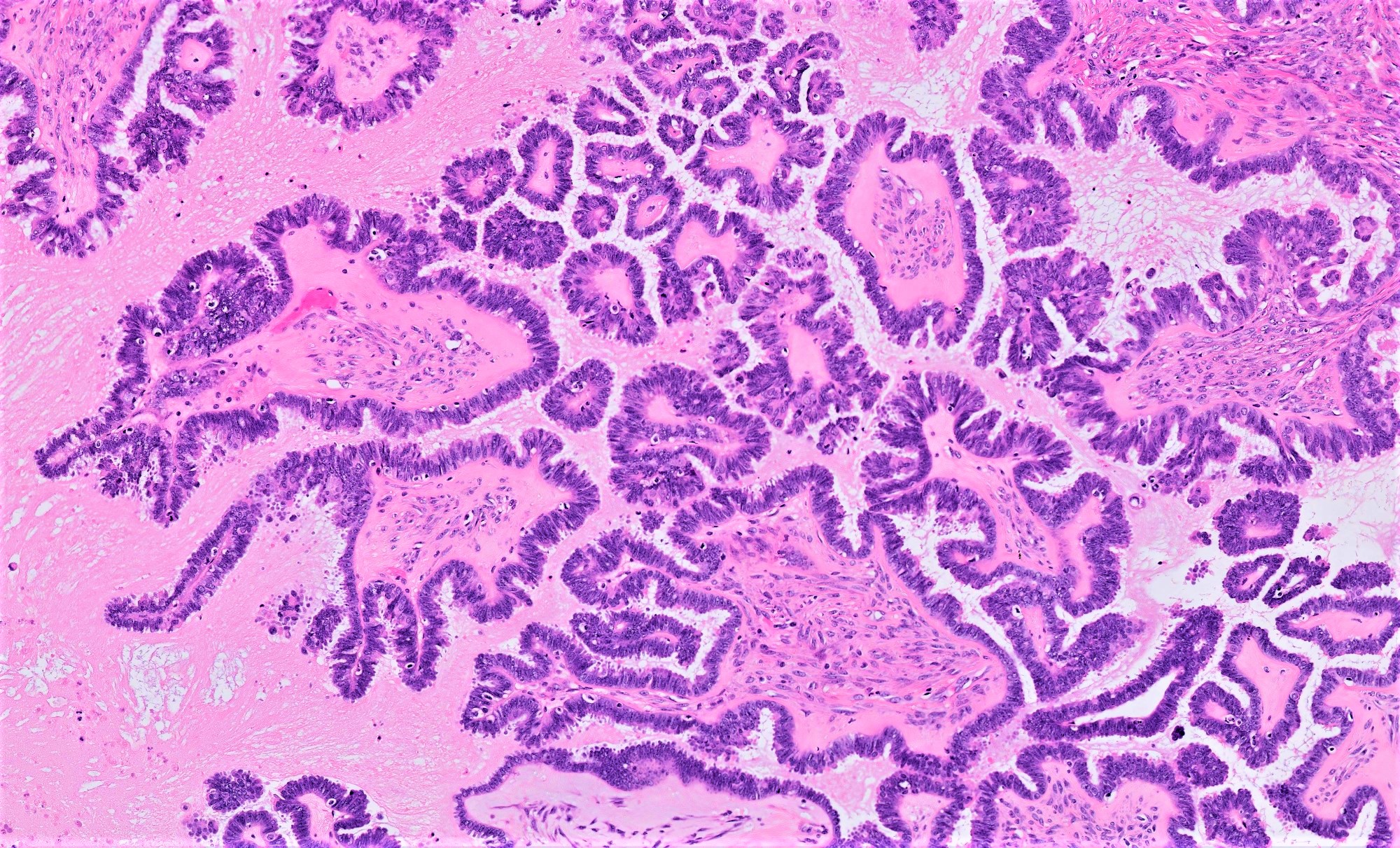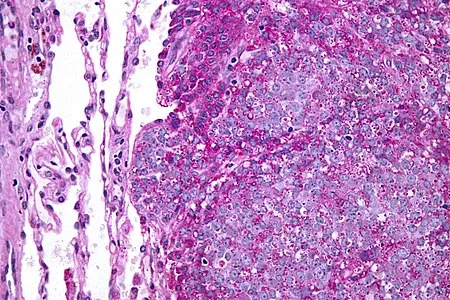Female fertility preservation

What are the options?
Before initiating gonadotoxic therapies, patients need to be fully informed of the impact of the proposed treatment on their future fertility and ovarian function as well as offered options to mitigate the impact on their ability to have genetic children or proceed with fertility preservation treatments in advance of sterilizing . These strategies may involve:
- protecting female gametes by cryopreservation of mature and immature oocytes
- eventually fertilizing them for embryo cryopreservation
- preserving the primordial follicle pool (ovarian tissue cryopreservationfor further ovarian tissue transplantation)
- preservation of the whole organ (ovary cryopreservation and transplantation) in very selected cases.
Other adjuvant approaches involve (i) induction of ovariostasis with GnRH analogues, and ovarian transposition in case of pelvic radiotherapy.
Moreover, fertility-sparing approaches to the ovaries and the uterus instead of radical treatments may also be considered in selected cases.
Female fertility preservation:
all the strategies to discuss with your patients
-
Cryopreservation of mature and immature oocytes
Although the cryopreservation of human embryos has been used as an important aid in infertility treatment for over fifteen years,…

Debra Gook
-
Embryo freezing
Survival rates of young cancer patients have shown a positive trend in recent decades, particularly in case of breast cancer…

Pedro Barri
-
Ovarian tissue cryopreservation
Ovarian tissue cryopreservation has been developed as a fertility preservation strategy in recent decades. It does not require controlled ovarian…

Marie-Madeleine Dolmans
-
Ovarian tissue transplantation
Since the first live birth after transplantation of frozen-thawed ovarian tissue in 2004 (1), the number of children born worldwide…
Jacques Donnez
What are the indications?
The risk of infertility needs to be assessed at the time of diagnosis of the disease, in order to propose the most appropriate fertility preservation methods in relation to subjects characteristics (age, ovarian reserve) and diagnosis itself.
Indeed, there are a number of indications for fertility preservation, divided into malignant, non-malignant and elective.
Malignant indications
Overall cancer death rates in children and young adults have been in constant decline for the last four decades, leaving a growing population of adult survivors of previous malignancy. Most cancer treatments, including chemotherapy and radiotherapy, are very harmful to the gonads and can accelerate natural age-related fertility decline, resulting in an increased risk of premature ovarian insufficiency.
The most common oncological indications are hematological malignancies (Hodgkin’s lymphoma, non-Hodgkin’s lymphoma and leukemia) and breast cancer due to their high incidence among the younger population. Other indications include sarcoma, central nervous system tumors, ovarian tumors, which all may need either chemo- and/or radiotherapy, with significantly increasing risk of long-term fertility issues.
Fertility preservation should be discussed also in case of pelvic gynecological cancers like endometrial cancer or cervical cancer, or to the intestine like colorectal cancer may need to fertility preservation due to the detrimental effect of their treatments on future fertility.
The standard treatment for gynecological malignancies to the uterus involves non-conservative surgery. However, an increased survivorship after gynecological cancers in young women over the last decades demanded the development of a novel fertility-sparing surgical approach and tailored for each and every type of malignancy.
Fertility-sparing surgery involves preservation of the uterus and of at least one part of the ovary. This approach can be proposed to children and young women with a wish of future pregnancy, who are diagnosed with gynecological cancer (of the uterus or the ovaries) at an early-stage and with favorable prognosis, without increasing their risk of disease persistence or recurrence.
Malignant indications
and the most appropriate fertility preservation strategies
-
Breast cancer
Patients with breast cancer who require gonadotoxic chemotherapies or extended hormonal therapy (often for 5-10 years) will have diminished ovarian…

-
Central nervous system tumors
Central nervous system (CNS) tumors are relatively common in children and young adults, showing the second highest incidence after hematological…

-
Cervical cancer
The standard surgery of cervical cancer involves hysterectomy combined with nodal staging surgery (extended lymphadenectomy or elected nodal dissection with…

-
Colorectal cancer
Although colorectal cancer is uncommon in young adults, its incidence is rising in the last decades. This trend is discordant…

-
Endometrial cancer
Inclusion criteria to consider fertility-sparing management of endometrial cancer consist in endometrioid intraepithelial neoplasia or grade 1 endometrial carcinoma without…

-
Leukemia
Fertility preservation for patients diagnosed with leukemia is a challenge for a number of reasons, including (i) the prepubertal status,…

-
Lymphoma
Young patients diagnosed with lymphoma should be counseled and informed about currently available fertility preservation options by fertility specialists. Oocyte…

-
Ovarian tumors
Ovarian tumor encompasses a heterogeneous group of lesions with different cell/site origins, pathological grades, and prognoses. Epithelial ovarian cancers (EOCs)…

-
Sarcoma
Sarcomas are a heterogeneous group of tumors with more than 80 identified types, that derive from primitive mesenchymal cells, which…

Non-malignant indications
Fertility preservation should also be offered to women affected by non-oncological conditions that require chemo- and/or radiotherapy, like certain hematological diseases (thalassemia, sickle cell disease, aplastic anemia) necessitating bone marrow transplantation, or autoimmune diseases (systemic lupus erythematosus, rheumatoid arthritis) needing low-dose treatments with alkylating agents.
Other conditions impair future fertility because they often involve repeated surgery to the ovaries, clearly increasing the risk of iatrogenic damage. They include recurrent or bilateral benign ovarian tumors, and recurrent ovarian torsion. Ovarian endometriosis also requires some fertility preservation measures in the presence of bilateral endometriomas, recurrent endometriomas after surgery, and fast-growing endometriotic lesions, or in case of disease occurrence at a very young age.
Among genetic conditions, Turner syndrome is relatively common and constitutes an indication for fertility preservation.
Non-malignant indications
where fertility preservation needs to be discussed
-
Autoimmune conditions
Auto-immune conditions are associated with premature ovarian failure. Premature ovarian failure may be a result of an auto-immune condition in…
-
Benign hematological conditions
Sickle cell disease, thalassemia, hemochromatosis and and other hematologic conditions may require bone marrow transplantation to cure the condition. In…
-
Endometriosis
Endometriosis is a prevalent disease that can be found in 25–50% of women with infertility and up to 80% of…
-
Turner syndrome
Turner syndrome is defined as the presence of characteristics physical features, coupled with complete or partial absence of the second…
